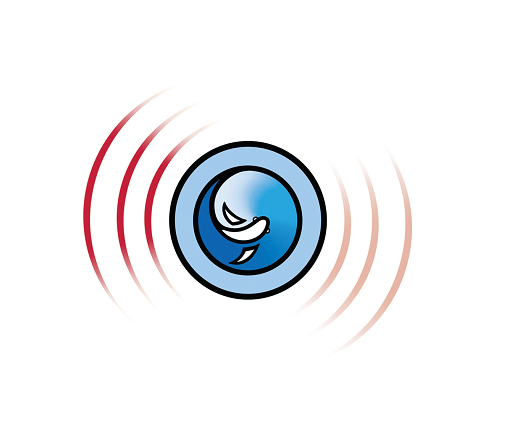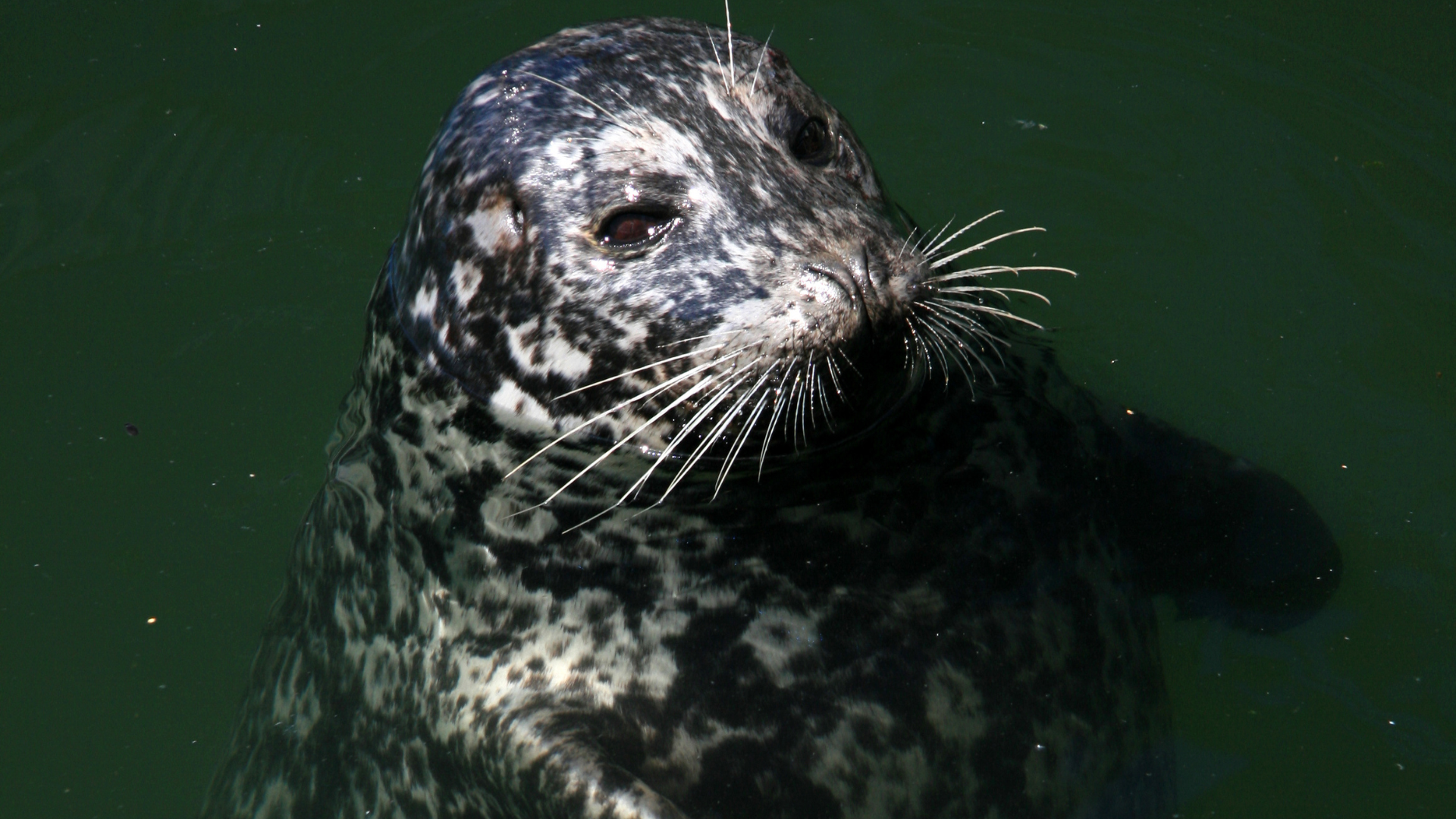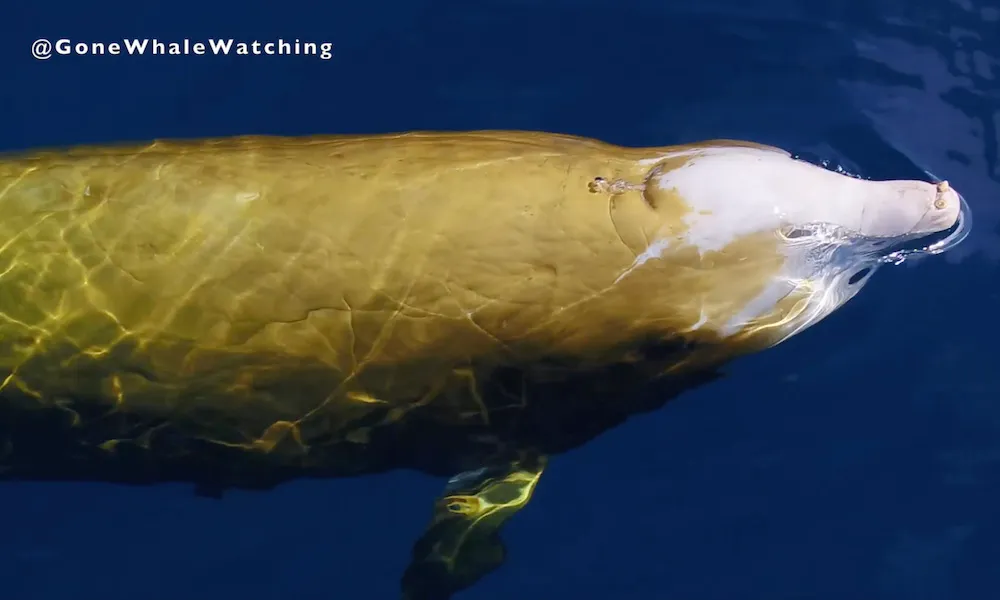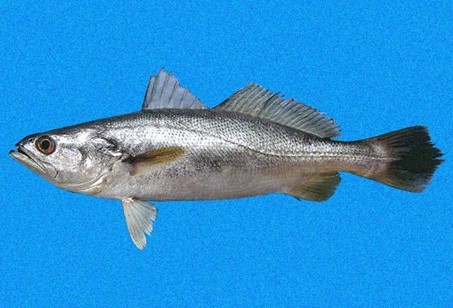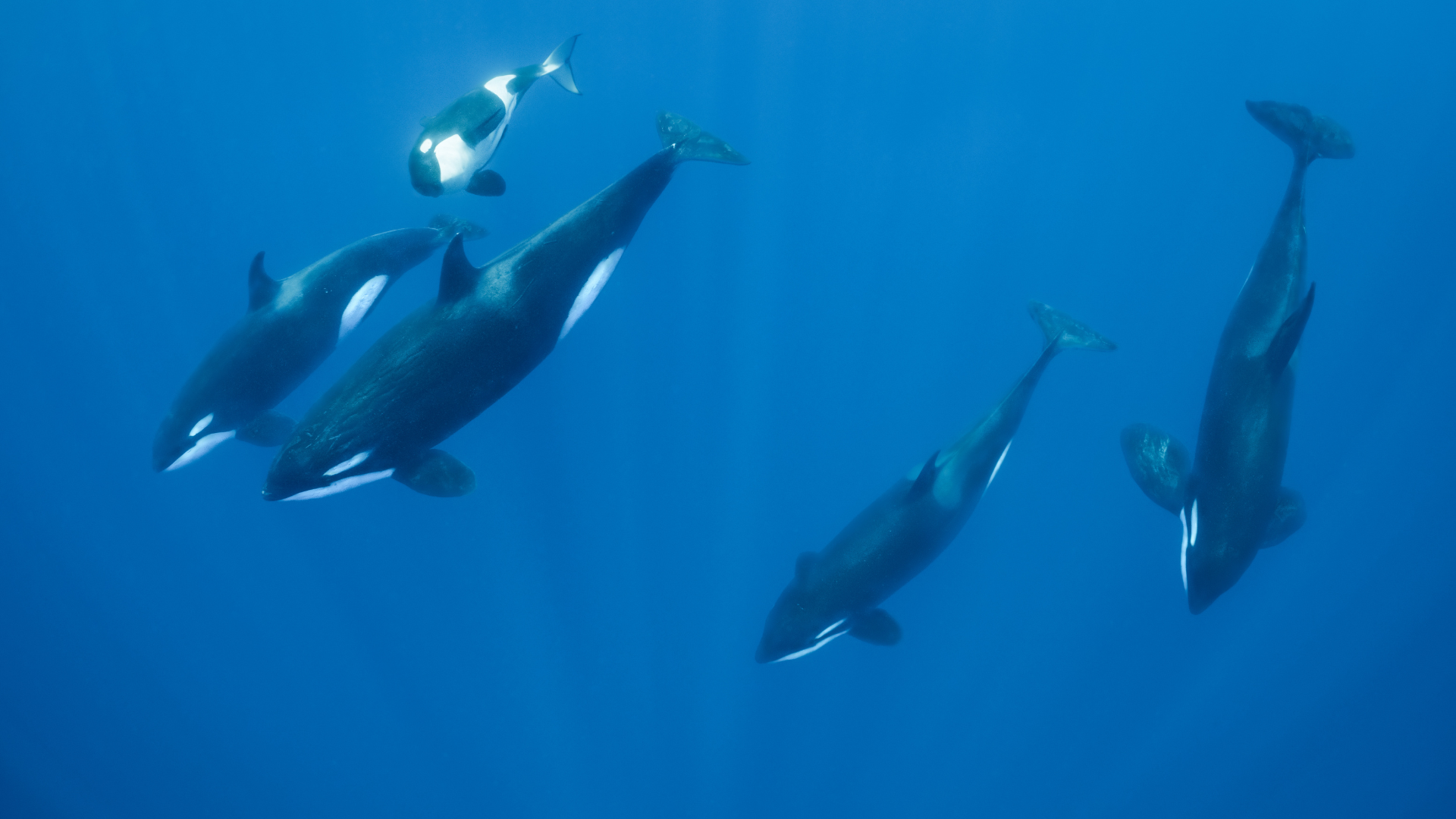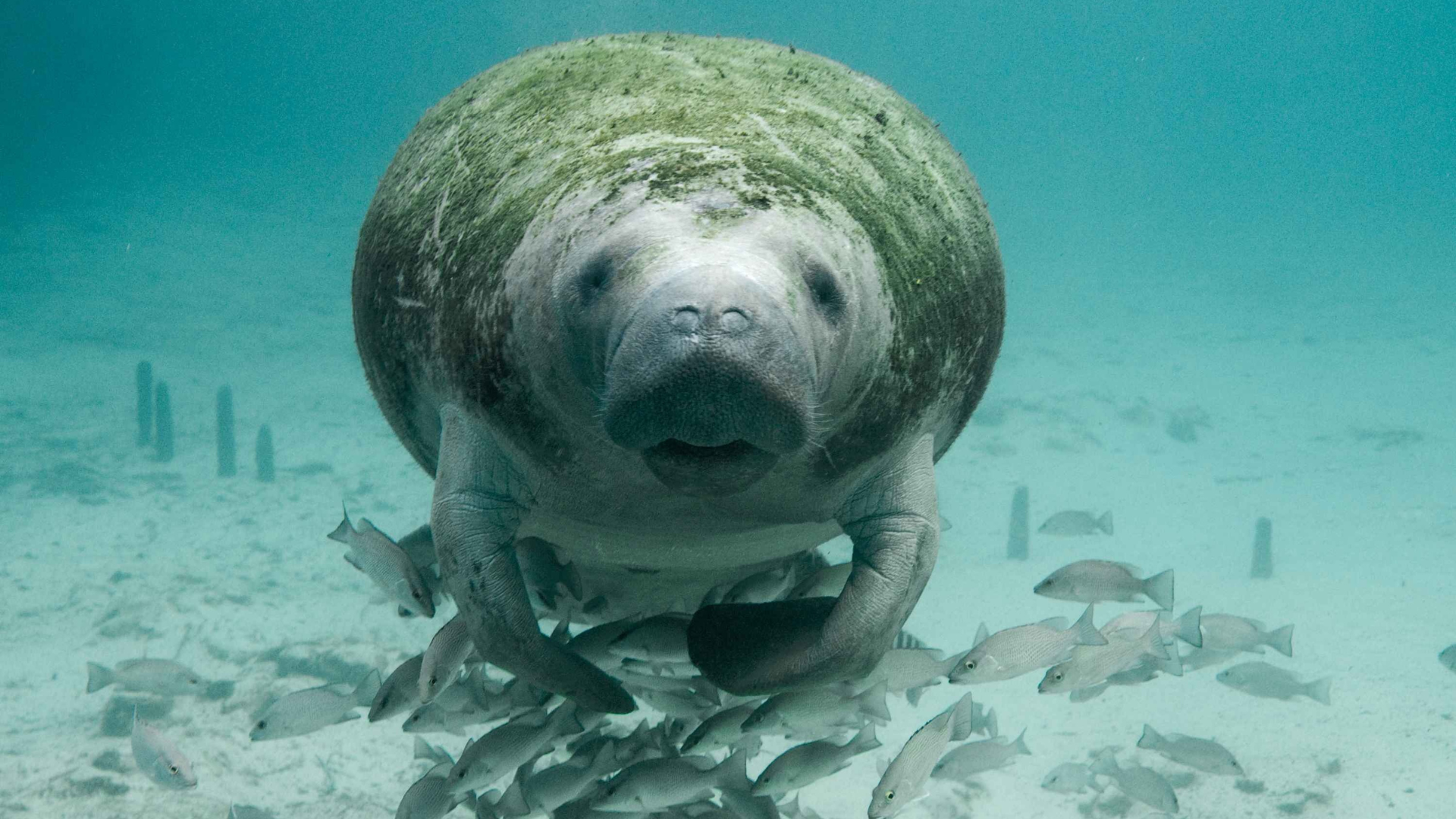Leopard Seal Sounds
Leopard seals are quite the vocalists of the underwater world, especially during the austral summer. The males produce loud calls, for many hours each day. Their vocalizations can be categorized into two types: vocalizing, when they are making noises underwater, and silencing, which is the breathing period at the air surface. Listen for yourself in the audiograph below!
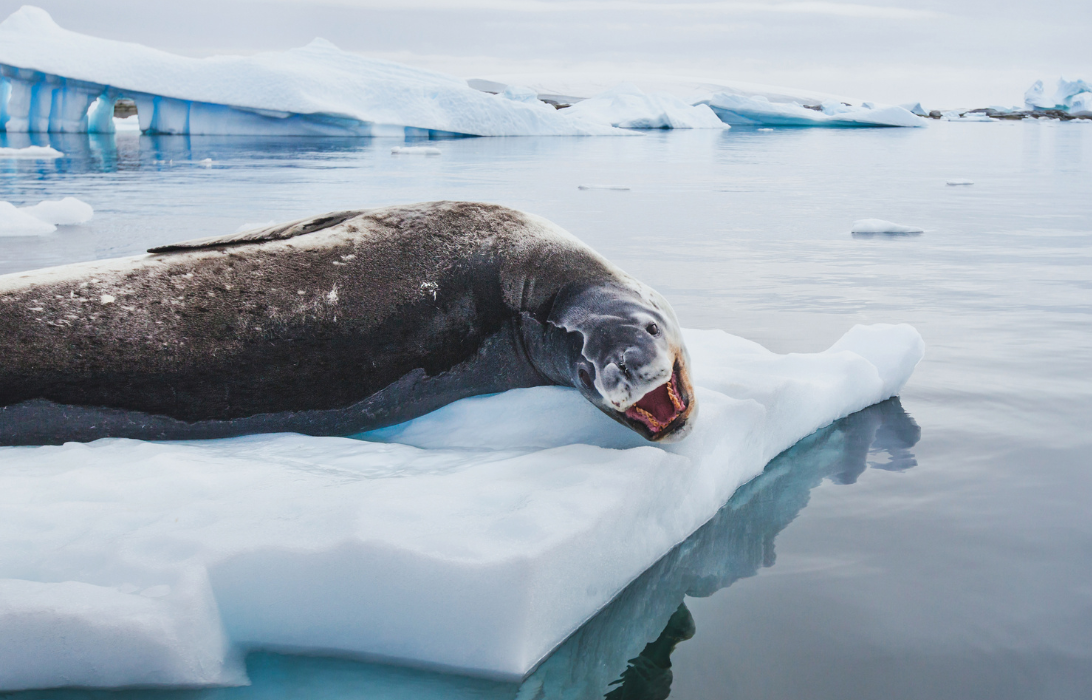
Leopard Seal Sounds
Leopard seals are quite the vocalists of the underwater world, especially during the austral summer. The males produce loud calls, for many hours each day. Their vocalizations can be categorized into two types: vocalizing, when they are making noises underwater, and silencing, which is the breathing period at the air surface. Listen for yourself in the audiograph below!

Leopard Seal Facts
LATIN NAME Hydrurga leptonyx
LENGTH 2.5m – 3.5m(7.9 ft – 11.5 ft)
WEIGHT 199 kg – 598 kg (440 lb to 1,320 lb)
LIFETIME 26 years in the wild
PHYSICAL TRAITS The leopard seal has a distinctively long and muscular body shape when compared to other seals, but it is perhaps best known for its massive jaws, which allow it to be one of the top predators in its environment. The front teeth are sharp like those of other carnivores, but their molars lock together in a way that allows them to sieve krill from the water in the manner of the crabeater seal. The coat is counter-shaded with a silver to dark gray blend and a distinctive spotted “leopard” coloration pattern dorsally and a paler, white to light gray color ventrally. Females are slightly larger than males.
BEHAVIOR Leopard seals are very vocal underwater during the austral summer. The male seals produce loud calls (153 to 177 dB re 1 μPa at 1 m) for many hours each day. The male calls can be split into two categories: vocalizing and silencing, in which vocalizing is when they are making noises underwater, and silencing noted as the breathing period at the air surface. Bird or cricket-like trills, low haunting moans, the high double trill, medium single trill, low descending trill, low double trill, and a hoot with a single low trill.
HABITAT Leopard seals are diurnal, meaning they are active during the day and sleep at night. They are solitary, both on the ice and at sea, with groups only forming by temporary mating pairs or by pairs of mothers and pups. The density of leopard seals on and near pack ice increases at the time of the mating season and also when the pups are born. Otherwise, leopard seals mainly remain in the water.
LOCATIONS Leopard seals can be found in the circumpolar area in the Antarctic pack ice. A small number are found year-round on the nearby sub-Antarctic islands just beyond the pack ice. Some have also been observed around coasts as far north as South Africa, South America, Australia and New Zealand. But its main habitat is in Antarctica on the pack ice, or associated icebergs and ice floes.
FOOD Mainly smaller seals, fish, squid, krill, penguins, and other birds.
PREDATORS Being the second largest species of seal in the Antarctic, leopard seals have very few natural predators. Their only known natural predator is the orca.


